Hummingbirds in Winter, in Vancouver
byBy Ben Hill, Communications Volunteer with the Stanley Park Ecology Society
It has been a chilly winter for Vancouverites; great for anyone who enjoys skiing on the North Shore, but not so fun for driving around the city. But while the wintry weather can be an annoyance for us, spare a thought for some of our smallest residents – the hummingbirds.
Hummingbirds in Winter, in Vancouver
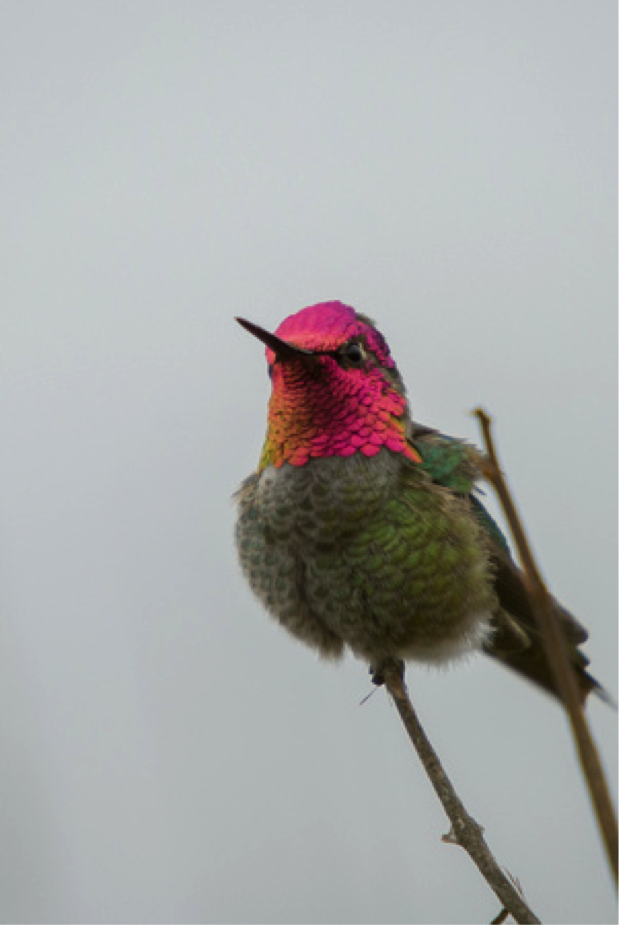
Anna’s hummingbird, male. Photo: Don Enright.
Incredible as it seems, the tiny Anna’s hummingbird (Calypte anna), which is barely 10cm long and weighs the same as a Loonie, spends the winter in Stanley Park and other spots around southern BC. So how does this little warrior survive the cold and snow?
In the summer you’ll most often see hummingbirds clustering around the flowers in the Rose Garden to feed on nectar – and many residents in the city put out sugar water feeders to help the birds out. But in the winter the hummers have come up with a different strategy.
Without flowers, nectar isn’t on the menu (unless a feeder is handy), so they turn their attention to the tiny spiders and other insects that live in the forest, and hummingbirds need to eat a huge amount to keep their metabolisms running. One bird can consume its body weight in food each day, which adds up to more than 1000 tiny insects, which explains why they spend so much time foraging.
Although it seems hard to believe given the recent weather, Anna’s hummingbirds actually seem to thrive in the Lower Mainland. Sixty years ago they didn’t range much further north than California, but they have slowly expanded north and you can now see them around Vancouver throughout the year.
Scientists aren’t exactly sure what’s behind this expansion, but one theory is that they may well have benefitted from the growth of human populations on the Pacific coast over the years. Our gardens often have plants that flower later in the year than native species, which can be an important source of food for hummingbirds, and around Stanley Park they do show a particular liking for the roses.
Our Anna’s hummingbird has to survive the cold winters, but in South America the Andean Hillstar has adapted to live in the cold year round. It lives above 3500m in the Andes where it’s so chilly the bird has to go into a kind of hibernation state each night to survive.
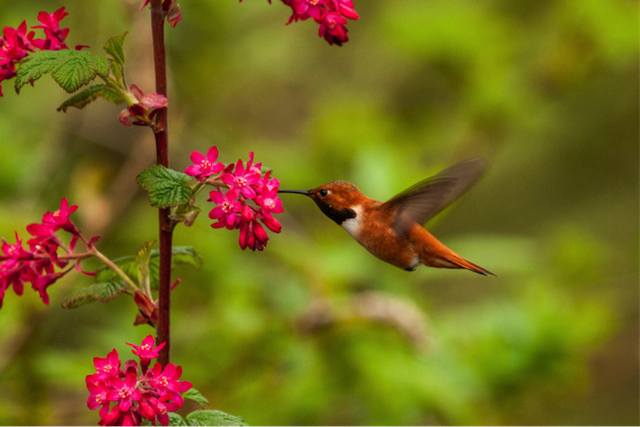
Rufous hummingbird, male. Photo: Mark T White.
For most small birds, though, the alternative to braving the winter is to migrate and that’s what the other hummingbird native to Stanley Park, the Rufous hummingbird (Selasphorus rufus), does. Like many snowbirds, they head south for the winter to Mexico and the Caribbean. But they don’t get the luxury of hopping on a jet. Their migration, which for hummers from Alaska is more than 3500 miles EACH WAY, is the longest in comparison to its body size of any bird, an incredible 78,470,000 body lengths. They leave us in August and September each year and return in March to breed.
Everything about hummingbirds is pocket sized: their nests are only two inches across, but don’t let that fool you; these are some of the toughest residents of the Park. We’re one of the most northerly places to have hummingbirds year round, so make sure you appreciate them.
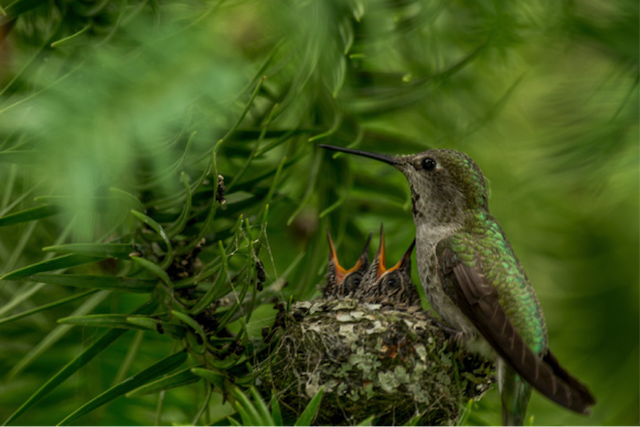
Anna’s hummingbird nest. Photo: Micahael Schmidt.
Some tips to enjoy watching hummingbirds
- Stay still. Hummingbirds hardly ever stop moving, so watching them can be tricky. It’s easier if you find a spot and let the birds come to you.
- Seek out flowering plants. In summer, hummers love to feed on nectar, so patches of flowers are a great place to see them. In the Park, the Rose Garden and the flowers by the Dining Pavilion are good spots.
- Look for them perching. Although they feed a lot, hummingbirds do have favorite perches. Look for them on thin exposed branches or twigs near feeding areas. You need a sharp eye, though. It’s easy to miss them.
- Bring a camera. Photographing hummingbirds can be hard, but their iridescent feathers can make for some spectacular shots in the summer sunlight.



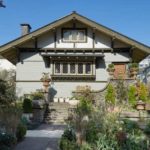

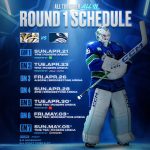


5 Comments — Comments Are Closed
When we lived in the WestEnd, I would go photograph the hummingbirds at the Rose Garden and then at the little community garden at Lagoon Dr next to the Tennis Courts.
Last year we had a Rufus hiring bird from December to June. My gardening friend assured me that because we have large fir and conifers near us, they feed on the sap so no need to leave out sugar. He followed me from front to back garden often and always responded with showing his colours when tapping on the window. We have recently spotted a hummingbird again on the top of our lilac tree and he responds with showing off his red feathers and stays on the bush for long periods. Could it be the same bird, we called him BUDDY!
I am in love with two males, my husband and Buddy
Winnie Nowell
saw a humming bird in the back of the house shooting high into the air then shooting downward at super fast speed only to stop in front of another humming bird that was just sitting and watching ,usually they would be chasing one another. I could not see if they were anna’s but they frequent my feeders year round. was this a mating display do you think ?
could anyone please tell me when Anna’s and Rufous start building their nests?
Re: Dive bombing. Yes this is the courtship of hummingbirds.